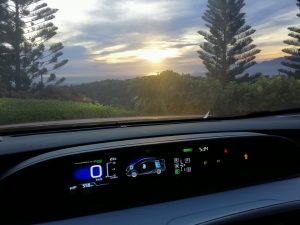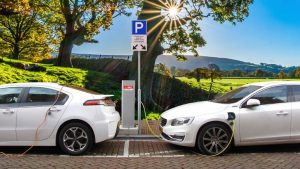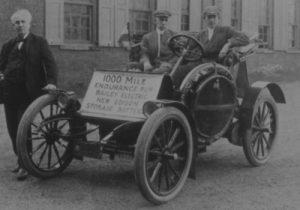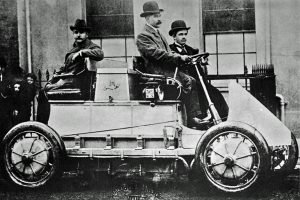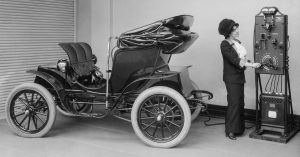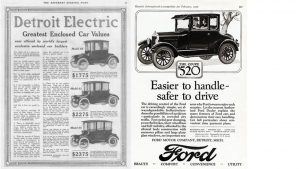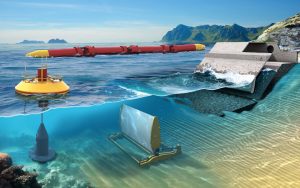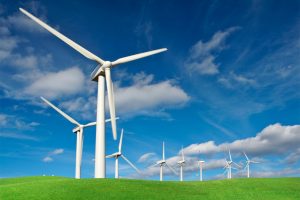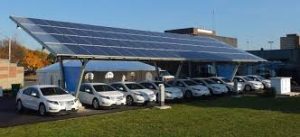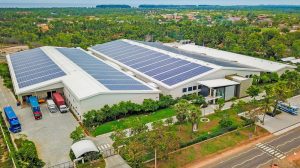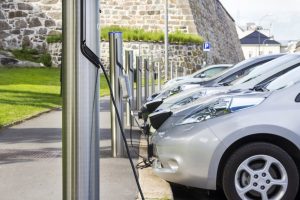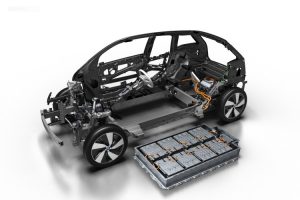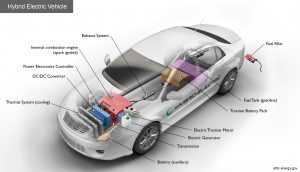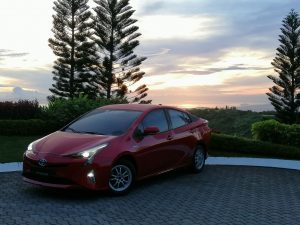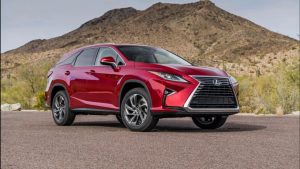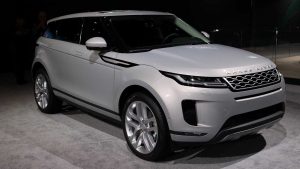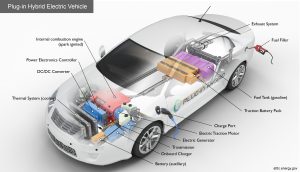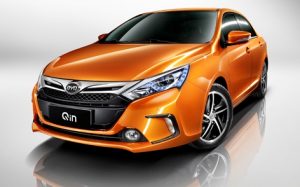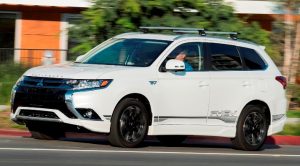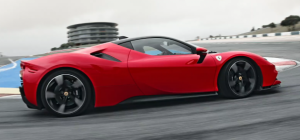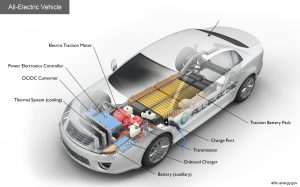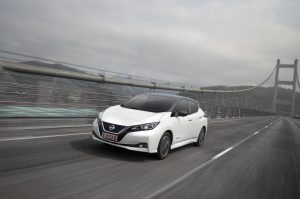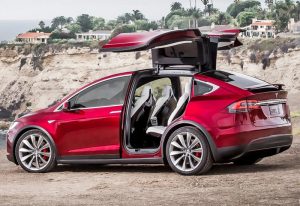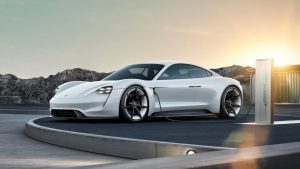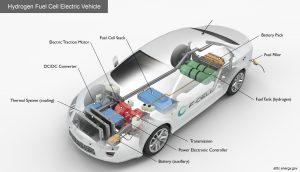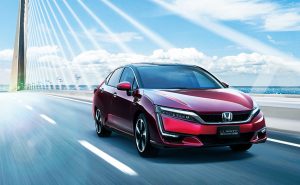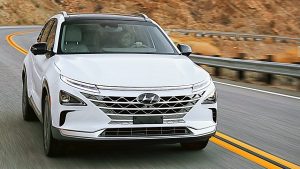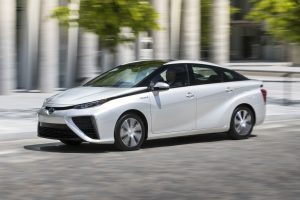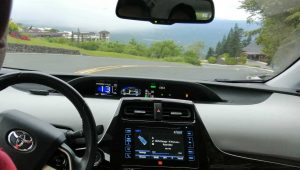Please allow me to begin this Opinion piece with the lyrics of a song “Save the Sunlight” by Herb Alpert & the Tijuana Brass with Lani Hall:
Doesn’t it make you feel like trying to save the sunlight?
Surely you feel the way we do
It’s not gonna last forever
Blue skies and sunny weather
The problem is up to me and you
We shouldn’t be so careless
Think of the things we cherish
Think of them all gone away
Now, doesn’t it make you feel like trying to save the sunlight?
Doesn’t it make you stop and think?
Picture without a warning
Rain on a Sunday morning
Think of the way it brings you down
Then think of a rainbow shining
Someone who loves you smiling
Happy the sun came back around
Doesn’t that make you feel like trying to save the sunlight?
Doesn’t it make you stop and think?
Although “Save the Sunlight” was released in the early 1970’s and became quite popular because of the prevailing problem of smog and air pollution in the United States at that time. Today, this song has become even more relevant because of increasing environmental concerns.
It’s Not Gonna Last Forever
While we still enjoy some blue skies and sunny weather, these may not last forever, as the song warns, if we keep polluting the environment. Besides the toxic emissions coming from industrial factories, environmentalists have long argued that automobiles with internal combustion engines are the leading producers of greenhouse gases carbon dioxide (CO2) and nitrous oxide (NOx). By themselves,these greenhouse gases are benevolent – they help keep the Earth warm by absorbing the sun’s energy and redirecting that energy back to the Earth’s surface. However, an increase in the amount of carbon dioxide creates an overabundance of greenhouse gases that trap additional heat in the atmosphere that leads to global warming, which results in melting ice caps, rising ocean levels and floods in some areas, and extreme temperatures, drought and wild fires in other areas.
To minimize or help eradicate carbon emissions, governments worldwide mandated automobile manufacturers to reduce or even eliminate exhaust emissions and majority of the car makers have heeded the call by making internal combustion engines more fuel-efficient and environment-friendly. With the latest technological advances in electric motors, batteries, and control systems, however, most car manufacturers are now focusing on electric vehicles (EVs) as the future of mobility.
Older Than Gas-Powered Cars
Before gasoline-powered cars, electric vehicles were among the earliest mass-produced automobiles in the early 1900s. Early electric cars were produced by Baker Electric, Bailey Electric, Columbia Electric, Detroit Electric, Milburn Electric, and others for the some affluent automobile enthusiasts. Even Studebaker Automobile Company offered electric vehicles in 1902 before it entered the gasoline vehicles market in 1904. Despite establishing several land speed and distance records and even outselling gas-powered cars at one point, electric cars did not achieve immense popularity and mass acceptance because of their high prices and the limited range of their lead-acid storage batteries.
The demand for electric cars started to decline when improved road infrastructure required a greater range than what their storage batteries were capable of. Moreover, the wide availability of affordable fuel made gas-powered cars cheaper to operate over long distances. Likewise, the invention of the muffler by Hiram Percy Maxim in 1897 made internal combustion-powered cars less noisier; the invention of the electric starter by Charles Kettering in 1912, which eliminated the need of a hand crank for starting a gasoline engine, made cars easier to operate; and the invention of the production line by Henry Ford in 1913 made gasoline cars more affordable compared to electric cars.
Reignited Demand
The global environmental impact of the current petroleum-based transportation infrastructure coupled with the fear of dwindling oil supply has renewed the interest in moving towards an electric transportation infrastructure. Proponents contend that the carbon footprint of EVs will almost be negligible because the electricity needed to charge their storage batteries can be generated from a wide range of renewable sources, such as tidal power, solar power, hydro power, and wind power, instead of just relying on oil-fired power plants.
However, opponents argue that the manufacturing process of EVs and their related components will still produce considerable amount of pollution. Similarly, the creation of an infrastructure to support electric vehicles, such as charging stations, will likewise require significant investments, substantial power production, and may even change the landscape. Even more worrisome when electric cars become the norm, according to opponents, is the disposal of used batteries, which is toxic and potentially harmful to the environment.
Different Kinds of Electric Vehicles
Electrified vehicles come in several forms such as hybrids, plug-in hybrids, fully-electric, and fuel cell EVs. Let’s start with the kind that can be immediately deployed here in the Philippines: The Hybrid Electric Vehicle (HEV) is so called because it gets its drive power from an internal combustion engine and an electric motor. At low speeds, the electric motor provides the propulsion. When more power is needed, the petroleum engine is activated. For full power and maximum acceleration, the petroleum engine and the electric motor work together for combined power. The batteries are charged for efficiency and range by the vehicle’s control system, which is devoid of human intervention. Most HEVs have regenerative braking , which recovers kinetic energy that is typically lost during friction braking as heat, converts the heat to electricity, which is then restored to the vehicle’s battery array. Fuel for the engine needs replenishment. Despite its internal combustion engine, HEVs are said to reduce carbon emissions by one ton per year. The 2019 Toyota Prius, 2019 Lexus RX 450h, and the 2020 Range Rover Evoque MHEV are just some examples of HEVs that are currently available in the country.
Like the HEV, a Plug-in Hybrid Electric Vehicle (PHEV) also gets its drive power from an internal combustion engine and an electric motor and both propulsion drives work the same way as the HEV’s. However, the batteries are charged either by the vehicle’s control system (engine power or regenerative braking) or by plugging the car into a charging station or home outlet. Similar to the HEV, fuel for the engine needs replenishment. The PHEV’s ability to reduce its annual carbon emissions is somewhat offset when it is plugged to a source of electricity produced by an oil-fired or coal-fired power plant. Also, PHEVs need garages or car ports that have electrical outlets. The 2019 BYD Qin, 2019 Mitsubishi Outlander PHEV, and the 2020 Ferrari SF90 Stradale are just some examples of PHEVs that are currently available, although not immediately in the Philippines.
Unlike the HEV and the PHEV, a Battery Electric Vehicle (BEV) does not have an internal combustion engine, does not need fuel, and thus, does not produce any emissions at all. It is purely an all-electric car driven by an electric motor with batteries that are charged by plugging the car into a charging station or home outlet. Thus, BEVs need garages or car ports that have electrical outlets, while a new charging infrastructure needs to be built in the country to make it viable for everyday and long-distance use. Despite the BEV’s ZERO carbon emissions, its ZERO carbon impact is questionable when it is plugged to a source of electricity produced by an oil-fired or coal-fired power plant. Similarly, BEV drivers may suffer from a form of “range anxiety” when the battery charge is low and the next charging station is still far away. Some examples of BEVs are the 2019 Tesla Model X, the 2019 Porsche Tacan (to be released in September 2019) and the 2019 Nissan Leaf, which will be brought into the country by Nissan Philippines sometime in 2020.
Like the BEV, a Fuel Cell Electric Vehicle (FCEV) does not have an internal combustion engine and is an all-electric car driven by an electric motor. However, the electrical juices for the batteries are not provided by a charging station or home outlet but rather by the chemical reaction, commonly hydrogen, in a fuel cell that produces the power. Unlike BEVs, FCEVs need to be refueled, especially when the hydrogen runs out. They also produce emissions, but of the most beneficial kind – water. To be viable, FCEVs need hydrogen refilling stations, which can negate their ZERO carbon impact, because it takes a huge amount of electricity to produce the fuel. FCEV drivers may also suffer from a form of “range anxiety” when the hydrogen fuel level is low and the next filling station is still miles away. Some examples of FCEVs are the Honda Clarity, the Hyundai NEXO and the Toyota Mirai, which are NOT available in the Philippines as of this time.
We can see that we need to minimize our carbon footprint NOW to help reverse our impact on global warming before it’s too late. We can see that car manufacturers have been churning out electric vehicles that can provide us with the mobility we desire but with the environmental concern we should all espouse. However, without the economies of scale, without government recognition and intervention, and without consumer support, these HEVs, PHEVs, BEVs, and FCEVs will remain merely concept cars, normally out-of-reach of the ordinary Filipino car buyers, who may want to try and save the sunlight for the next generation.
Doesn’t that make you feel like trying to save the sunlight?
Doesn’t it make you stop and think?
 Power Wheels Magazine A Notch Above
Power Wheels Magazine A Notch Above

